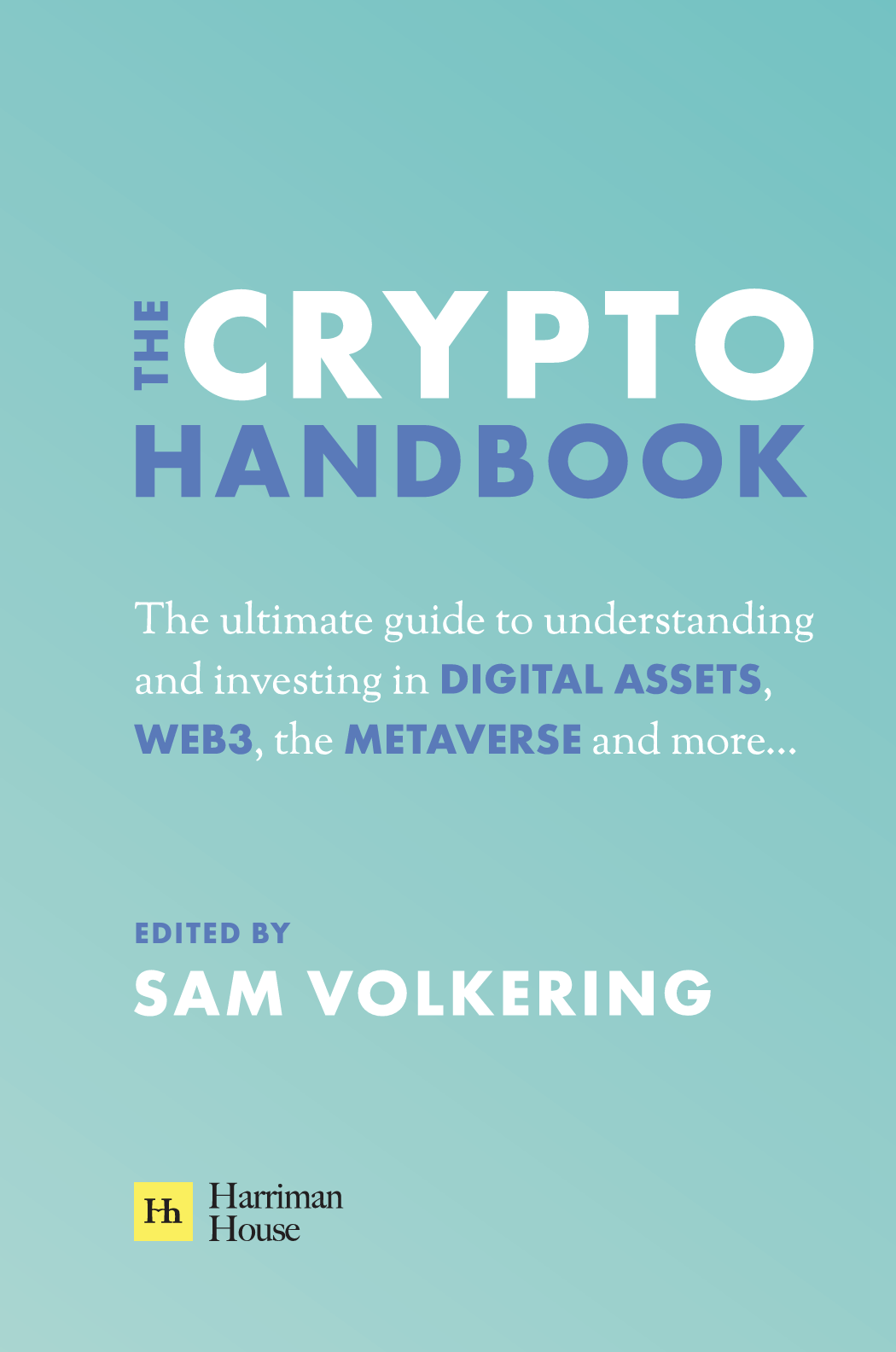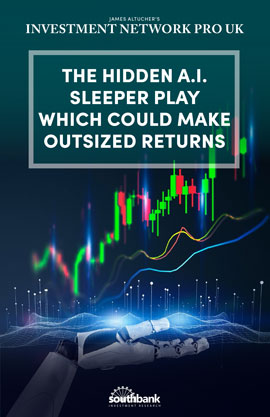What do OnlyFans, Crypto FOMO and Sex & Drugs & Rock & Roll have in common?
30th May 2022 |
OnlyFans is one of the fastest growing, most controversial “creators” platforms on earth.
Crypto is one of the fastest growing, emerging asset classes the world has ever seen.
Sex & Drugs & Rock & Roll is a single released by Ian Drury in 1977… and also the name of the “Club” stage at the Amsterdam RAI conference centre which is hosting the Money20/20 conference next week.
I asked what these things had in common in today’s headline.
Well it’s that they’re all a part of the Money20/20 conference that analyst Elliott Playle and I will be attending.
A snippet of what we can expect on the first day includes:
- A panel with OnlyFans chief strategy & operations officer Keily Blair and CFO Lee Taylor
- Another panel on “Crypto FOMO” with representatives from Kraken, SEBA Bank, Metal Pay and the Bank of Lithuania
- The AI quantum blockchain in the cloud and the future of money
- Will fintech adoption of crypto hurt banks in the long run? A discussion featuring executives from Stripe, Ripple, Banking Circle and Mode Global Holdings (one of our Frontier Tech Investor recommendations).
As I say, that’s just the first day. There will be more on non-fingible tokens (NFTs), the metaverse, buy-now-pay-later (BNPL) companies, fintech, crypto, blockchains… so much to cover!
That’s why both of us are going, spread the load, and to absorb as much as we can from the people and organisations who are building out the future world of money.
It’s fair to say that by the end of this decade, money will look completely different.
Take, for example, my recent observations whilst at a local festival.
My wife and I went to a food and drinks festival recently. There was a big stage set up with different musicians, and entertainment throughout the day. It was a lot of fun… and one of the rare times we went somewhere during the day without the kids!
Anyway, we went to a similar festival back just before, or maybe just as the pandemic was getting going in 2019 or 2020.
I remember talking to a bloke as I was buying some local wine about cash, or his lack of trust for anything that wasn’t cash.
As I asked the vendor if he took card payment, he remarked that he always pays cash, meaning notes and coin. He never pays by card. He doesn’t trust card payments.
Why? He could be tracked and traced by a card, that’s why. He proceeded to tell a story about being somewhere 20 years ago and was effectively lost, but the police told him exactly where he was because of his phone.
Sceptical as this man was, this was still before the idea that you could get Covid from physical cash started doing the rounds. And, at this festival, cash was the predominate medium of exchange.
Fast forward to the other weekend, and when it came for me or Mrs. V to get a cocktail (or two) there wasn’t a single polymer note or copper coin in sight. None of the vendors now took cash.
None of them.
They all used connected payment terminals, predominately by SumUp, where they punched in the transaction on their phones and then tap and go on the Bluetooth-connected payment terminal.
It’s as easy as it gets.
If the man from the first festival wanted to pay with cash, he couldn’t.
It’s a remarkable turnaround in the space of two years. The acceleration of the adoption of these mobile payment terminals for card payments has been astonishing.
The reason for it is simple: merchants – retailers or vendors – were forced to do it because of the fear of Covid from physical cash, and people feeling more secure paying with their own card via tap and go.
Therein lies an important point. When people feel safe and secure with something, they’re more likely to adopt it and use it than alternatives that carry certain anxieties with it.
It’s why we’ve seen such rapid adoption of BNPL technology too. Why pay for a large ticket item up front when you can easily spread the payment over a few instalments?
There are of course some issues with that – but, nonetheless, it’s something people feel safe and secure using.
We could say the same for the adoption of crypto as well… except we can’t… not yet at least.
The problem with crypto right now isn’t that people don’t feel safe and secure with it. There is trust building, but it’s very clear that safety and security is far from where it is compared with financial technology like-tap-and-go with your debit card or BNPL check outs.
The big question is how do we get from where we are today to a situation where the next festival I’m at is a mix of vendors using things like SumUp for transactions but also things like the Lightning Network to accept transactions with bitcoin?
I think with crypto it’s a progression. While it might feel like that progression is slow, the reality is it’s very fast.
Take, for example, the launch of Lightning Network payment cards from CoinCorner, the large UK exchange where you can buy bitcoin.
It has launched the “Bolt Card”. This can be connected to a CoinCorner account and used to spend bitcoin via the Lightning Network, similar to a tap-and-go debit card.
Of course this does mean that you’ll need to find a merchant who accepts bitcoin via the Lightning Network, but it’s a start.
And that’s all we look for when it comes to this kind of progression with money, a start. That’s exactly how innovation and evolution in money works. I remember when tap-and-go was a new thing, and it wasn’t trusted. People were suspicious and preferred the safety and security of a pin number.
That changed pretty quick, didn’t it?
I envisage the same kind of progress when it comes to bitcoin, the Lighting Network and an alternative payments system.
What I think I’m going to find interesting next week is just how far along we really are in the integrations of crypto and blockchain as payments and money with the existing fintech innovators and their progress into this world too.
It’s certainly something we’ll be looking to uncover. We’ll let you know how we get on and just how far we are to that level of safety and security that’s needed before real mass adoption commences.
Crypto to Know
Below is our “Crypto to Know” list where you’ll find several cryptos that we think you should be taking the time to learn and understand.
They each form an important part of the burgeoning crypto ecosystem.
Several of these cryptos are doing very different things to others.
What’s key is to learn that every crypto has its own use cases, its own guiding principles, and its own particular potential.
Each crypto is to be judged and assessed on its own merits.
Our aim here is to help you understand these cryptos and the wider crypto world.
These aren’t specific recommendations but a guide to help you learn and build your confidence in operating in this space.
We will add more names to this list over time. However, if you’re new to the world of crypto, these are the names where we think you should start your education and learning.
We’ve also added links to each one.
The links are to what we believe, in each case, is the best resource for learning about that crypto.
“Crypto to Know” watchlist
- Bitcoin –it/wiki/Main_Page
- Ethereum – ethereum.org/en/what-is-ethereum
- IOTA – docs.iota.org
- Tezos – https://tezos.com/learn/getting-started/
- Filecoin – docs.filecoin.io
- Cosmos – v1.cosmos.network/intro
- Binance – binance.com/en/about & research.binance.com/en/projects/bnb
- FTX – ftx.com & help.ftx.com/hc/en-us
- Solana – https://docs.solana.com/introduction
- Secret Network – https://scrt.network/about/about-secret-network

Sam Volkering
Editor, Sam Volkering’s Crypto Network


